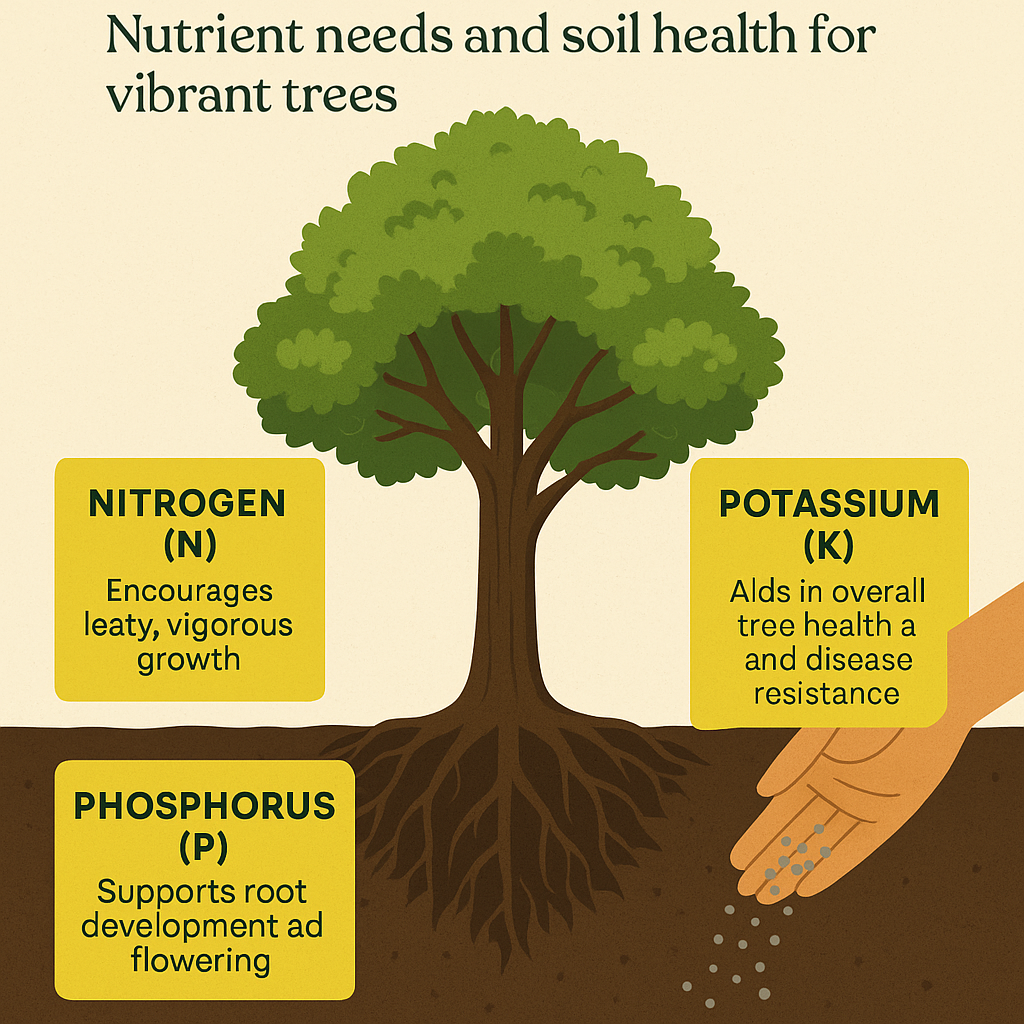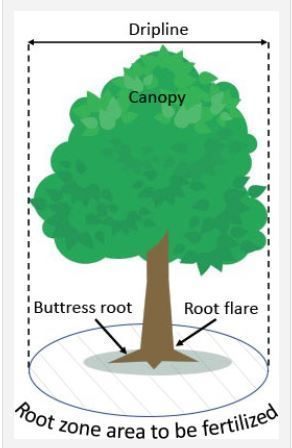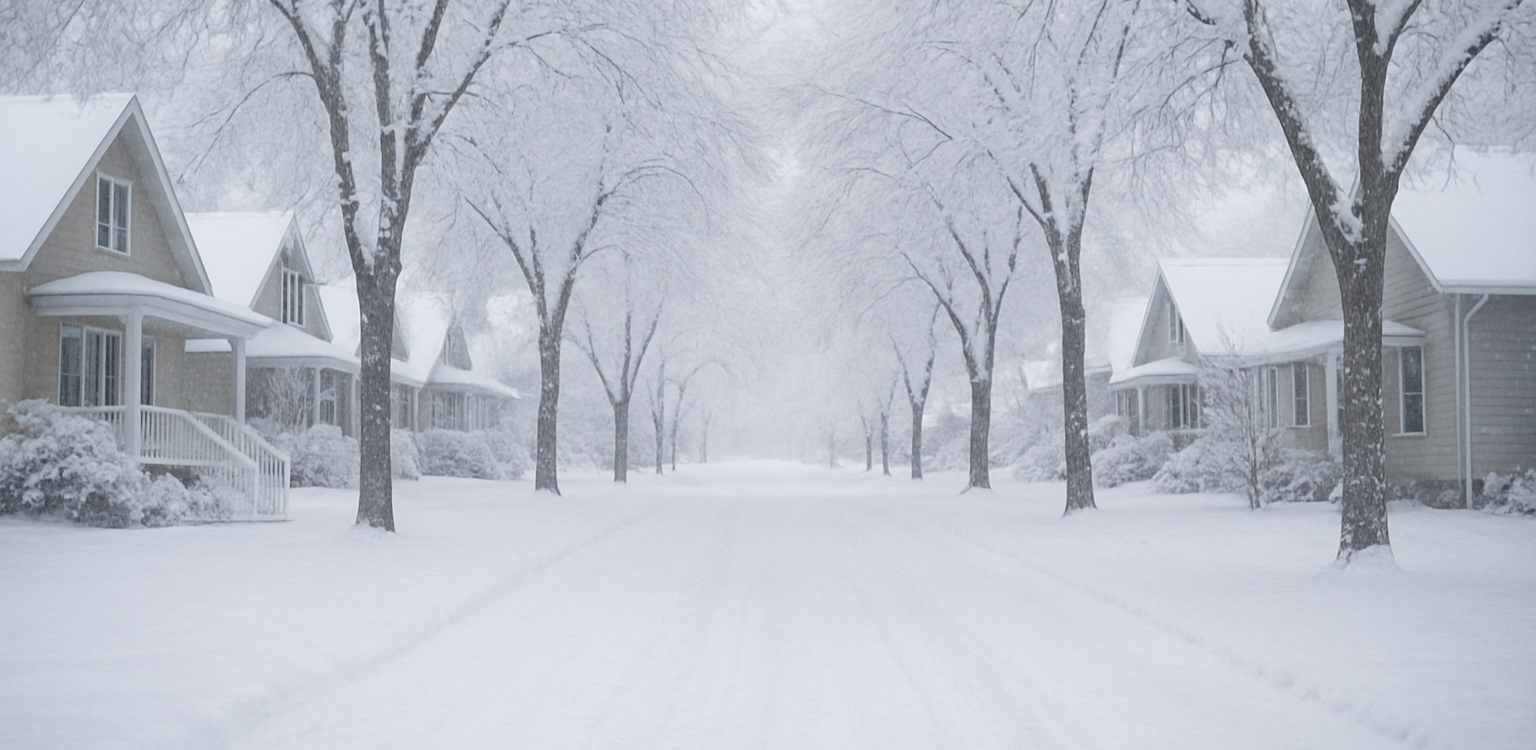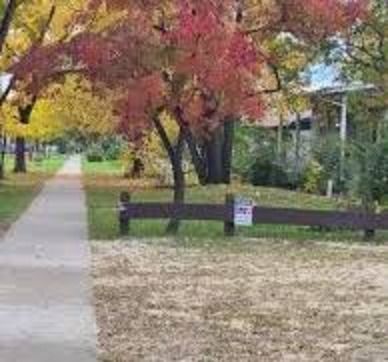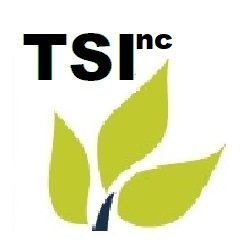The Importance of Proper Tree Fertilization — Nutrient Needs and Soil Health for Vibrant Trees
Trevor Soltys & Paul Kasper
Healthy, vibrant trees are more than just beautiful additions to your landscape—they’re essential for clean air, shade, property value, and even mental well-being. While most homeowners think about watering or pruning, one often-overlooked aspect of tree care is fertilization. Proper tree fertilization plays a vital role in promoting strong growth, resistance to disease, and long-term vitality.
Why Fertilization Matters
Just like people need a balanced diet, trees require specific nutrients to grow and thrive. In forests, trees benefit from a natural cycle of decomposing organic matter that replenishes the soil. In urban and suburban settings, however, leaves are often raked away, grass competes for nutrients, and soils become compacted—making it harder for trees to access what they need.
Fertilization is how we can help replace what’s missing and create optimal conditions for root development, healthy canopies, and longevity.
Understanding Tree Nutrient Needs
Trees primarily require three macronutrients:
- Nitrogen (N): Encourages leafy, vigorous growth and is often the most limiting nutrient in landscape soils.
- Phosphorus (P): Supports root development and flowering.
- Potassium (K): Aids in overall tree health and disease resistance.
Other micronutrients such as iron, magnesium, and manganese are also important, especially in soils with imbalanced pH levels or poor drainage.
Signs that your tree may need fertilization include yellowing leaves, stunted growth, sparse foliage, or early leaf drop. However, it’s best to conduct a soil test before applying any fertilizer to avoid overfeeding or contributing to runoff pollution.
The Role of Soil Health
Fertilizer can only do so much if the soil isn’t healthy. Compacted, nutrient-poor, or poorly drained soil can restrict root growth and reduce nutrient uptake. Aerating the soil, adding organic matter like compost or mulch, and maintaining proper moisture levels all contribute to a healthier environment for your trees.
Using slow-release or organic fertilizers can improve soil structure while providing nutrients over time. This not only feeds your tree but also supports the soil ecosystem—beneficial microbes, fungi, and earthworms all play a part in tree vitality.
When and How to Fertilize
Late fall or early spring is typically the best time to fertilize trees, as roots are most active during these periods. However, the exact timing and type of fertilizer depend on your specific soil conditions, tree species, and local climate.
It's important not to overdo it—excess nitrogen can cause weak growth that’s prone to pests and damage. A professional tree service can assess your soil and customize a fertilization plan tailored to your landscape.
Give Your Trees the Care They Deserve
Proper fertilization is a key part of any tree care routine, especially in developed landscapes where natural nutrient cycles are disrupted. Investing in your trees’ health today leads to stronger, safer, and more beautiful trees tomorrow.
